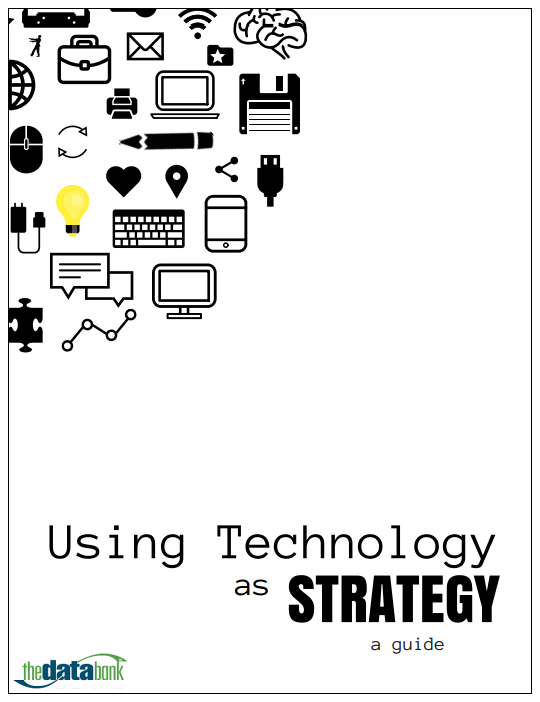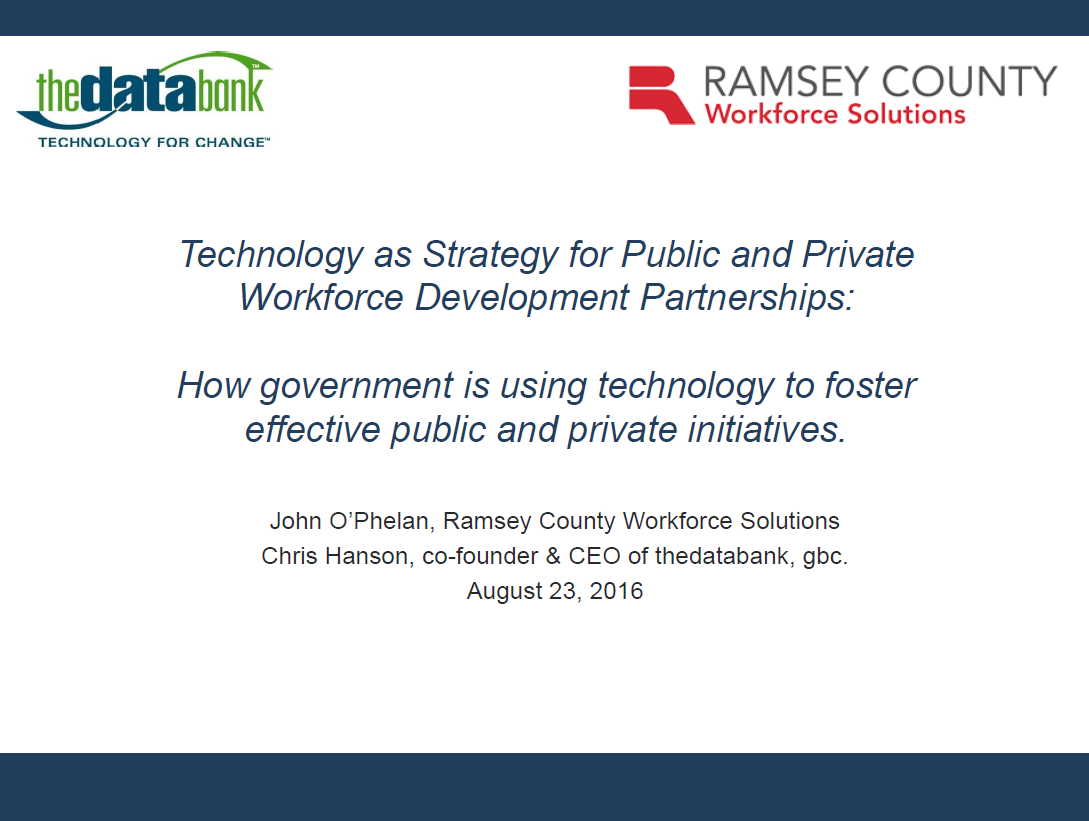Guest post by Sarah Suemnig, CFRE
Working predominantly with small development shops, Sarah has helped organizations raise millions in charitable gifts. She has worked on numerous capital campaigns in organizations with small or no development staff, doubled an organization’s $1M annual fund, built a successful comprehensive development program for a local arts organization, and recently built a major and planned giving program for a well-known social service agency. She earned her Master of Science in Arts Administration, focusing on development and e-commerce, from Boston University. Sarah is a member of the Minnesota Planned Giving Council and serves on the board of directors for the Association of Fundraising Professionals’ Minnesota chapter.
————————————–
The Art of Thank You
Corporations and foundations may seem like the biggest and easiest sources of charitable gifts, but they traditionally only account for a relatively small portion of the total dollars given to nonprofits in the US. In fact, in 2010 individuals and households accounted for 73% of all charitable giving. Our neighbors, coworkers and families gave nearly $212 billion to charity last year. Bequests from individuals accounted for an additional 8% – nearly $23 billion. When we add to that gifts from family foundations, the percentage rises to 87% of all charitable giving in the US coming from individuals and families. This is why I am an advocate for individual giving programs.
During my time helping organizations build and improve individual giving programs I have learned a few things. I appreciate the opportunity to share them with you here. Let’s start with thanking donors.
It may seem odd to start at the end, but I believe that your donors’ real relationship with your organization starts with your thanking them for that first gift.
A donor isn’t really a true donor until they make a second gift. You know what I’m talking about – the one-time honorarium or memorial that was given because a friend asked, the one-time response to a crisis situation, the one-time attendee of a special event – these are not your annual donors, at least not yet. They have identified themselves as good prospects. So let’s focus on turning those one-time givers into true donors to your organization.
Outside of the standard required tax receipt – which we all send, right? – what can you do to say thank you in a meaningful way?
Four ways to say a more meaningful Thank You
- Make it as personal as possible. Use your database to “merge-in” the correct addressee and salutation. Pay attention, not to the name on the credit card or check, but to the way the donor signs his or her name. If the name on the check is “Elizabeth,” but she signs her correspondence “Libby,” you would do well to start your letters, emails and notes with “Dear Libby.”
- Respond to the donor in the way that he or she corresponds with you. If they give online, respond electronically. If they mail in the check, respond with a piece of mail. The exception to this rule is the above-and-beyond touch of a hand-written note and a phone call.
- Send a hand-written note. How many hand-written notes did you personally receive last year? This probably depends somewhat on age groups but, in general, it is a disappearing art. This is actually good news for fundraisers. Hand-written notes (including hand-written addresses on envelopes) get the donors’ attention. You may have to set a limit on who gets hand-written notes, like donors of $100 or more, because your time is valuable and the notes do take a minute or two. Ask a board member or other volunteer to help.
- Another area that is great for board member and volunteer participation is thank you phone calls. Practically speaking, as the Development Officer it was more timely and, frankly, easier for me to make the thank you call to the $500+ donor immediately upon receipt of the gift. If the gift was solicited by someone other than you, it is appropriate for that person to call and/or send a note as well. However, once a year, perhaps in honor of Thanksgiving, convene willing board members and volunteers for a “thank-a-thon” calling event. Absolutely no asking for money, no stuffing information in the donors’ ears, just “thank you for your support.” I’ve known board members who were reticent to make phone calls at the beginning have such a good time that they called me the next year to make sure they would be invited to participate again.
Finally, it is important to remember that you will never be able to please everyone all of the time, but you can do your best to meet the donors’ expectations. You have inevitably made promises during your solicitations – funding for specific programs, reaching a certain number of people, acknowledging gifts in a particular way. Be able to report that you are spending as agreed, documenting accurately, impacting your community, providing recognition, and whatever else is important to your donors.
As always, if you don’t know what’s important to your donors, ask.


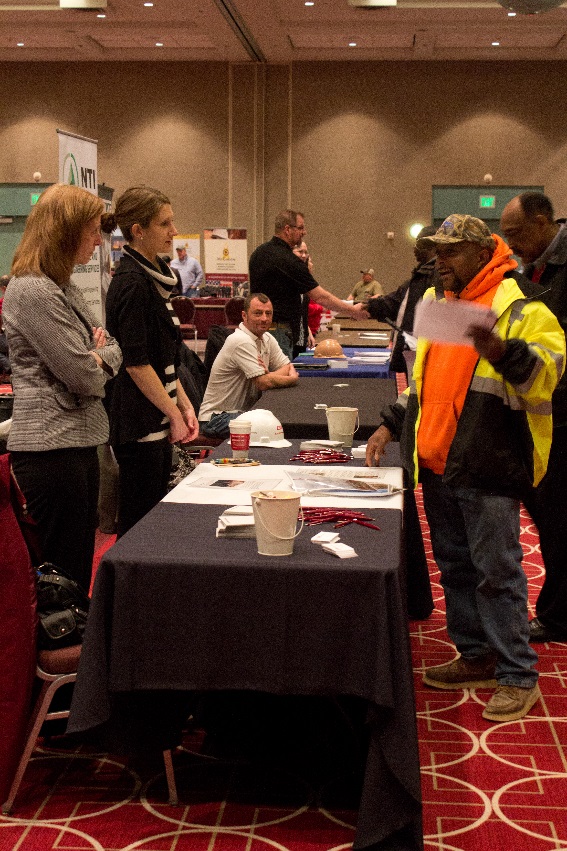
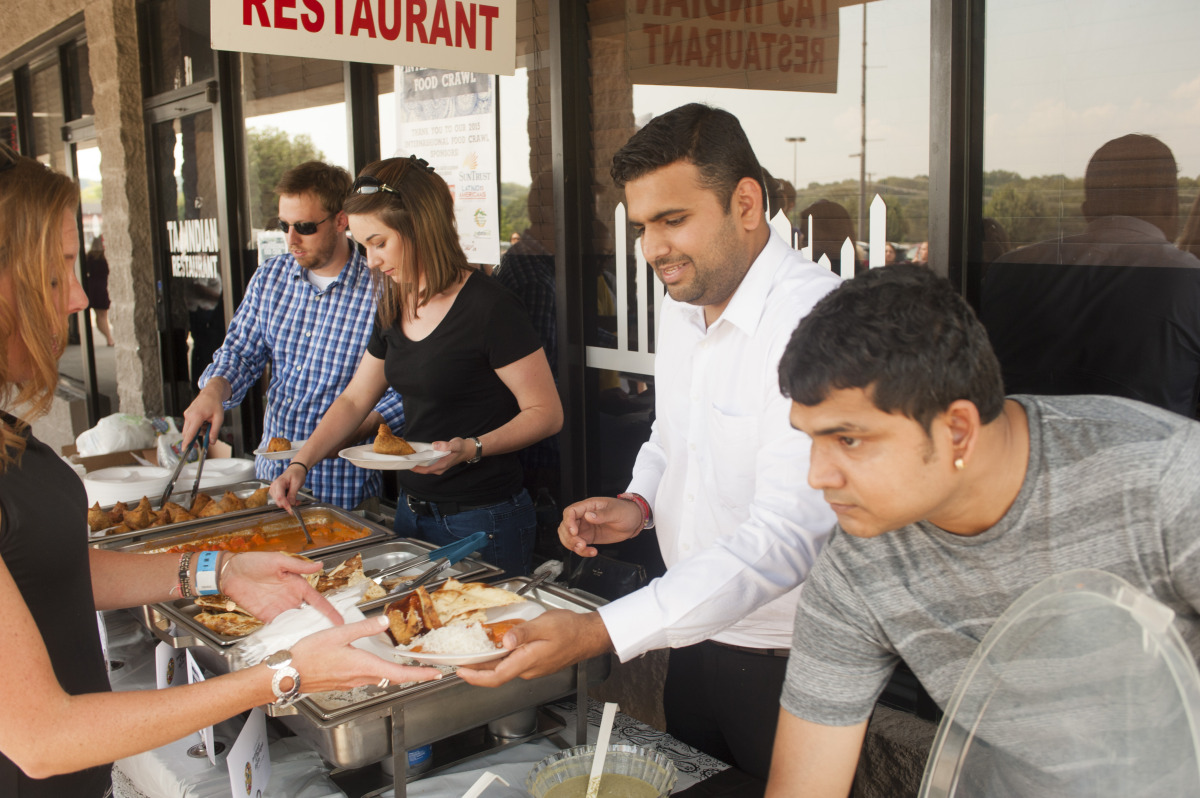
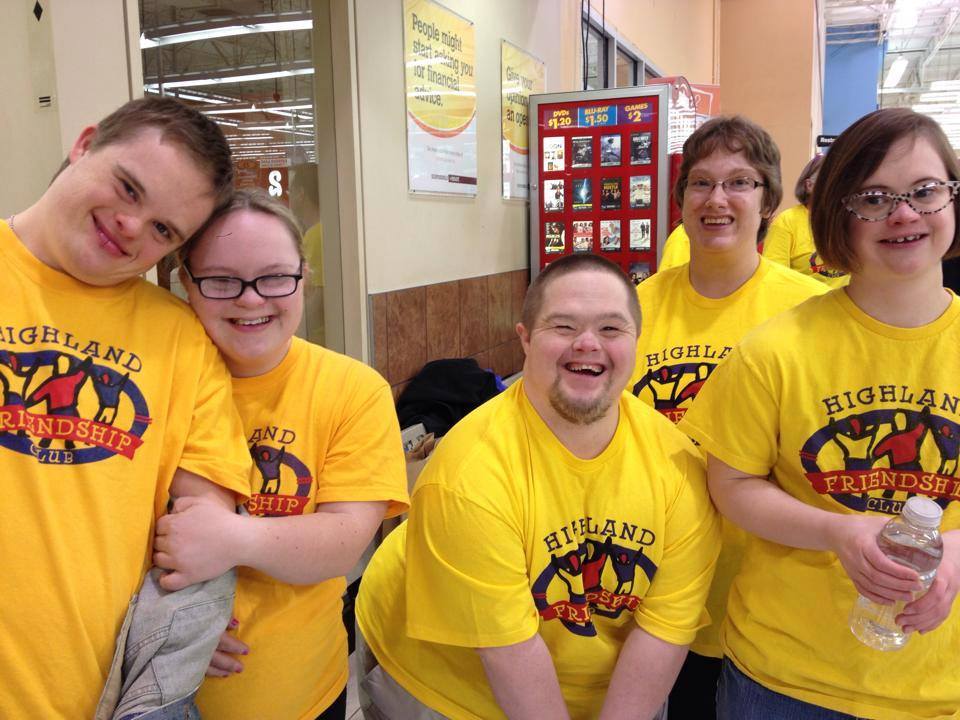

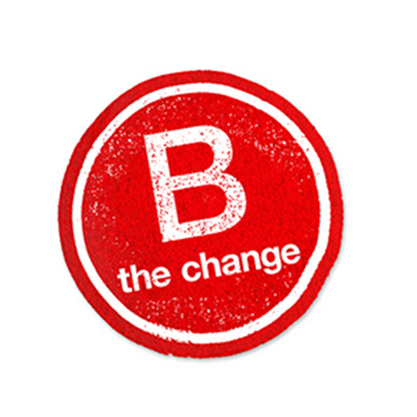
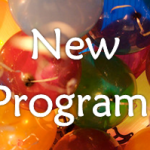

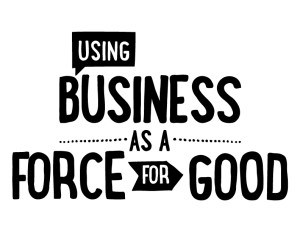
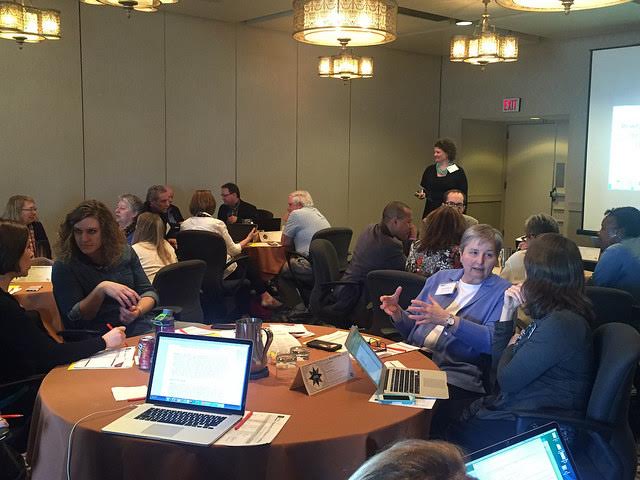
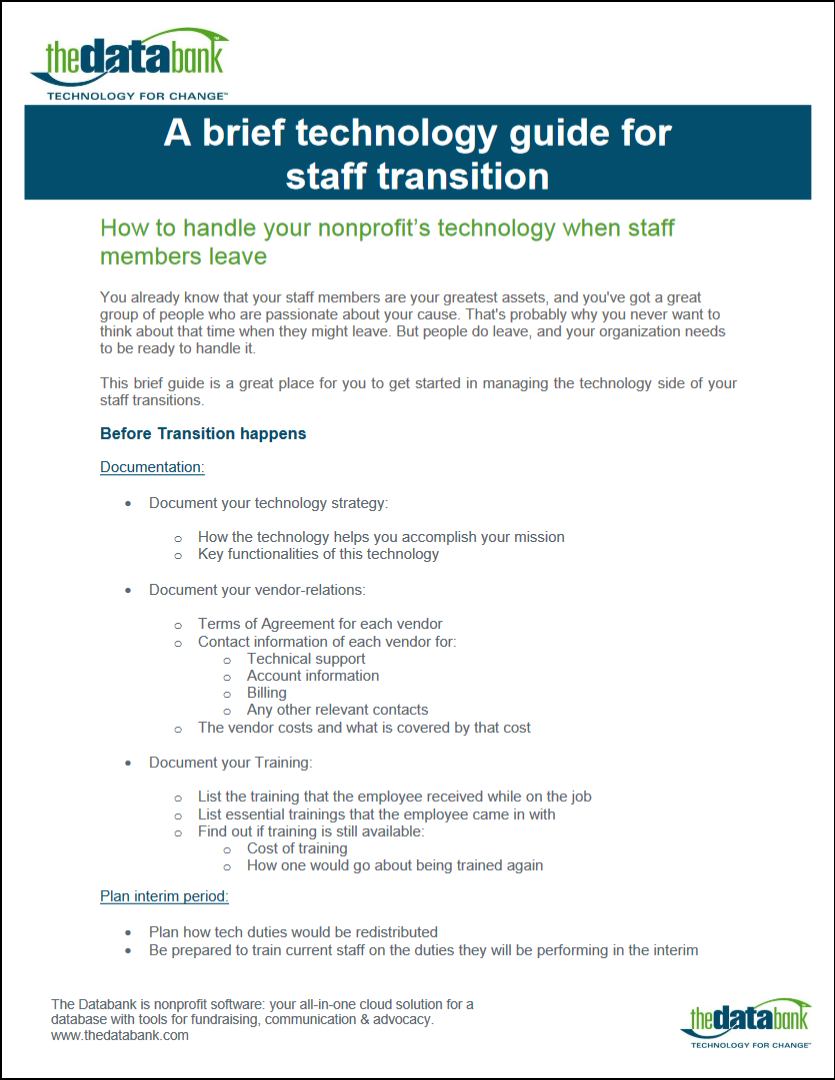
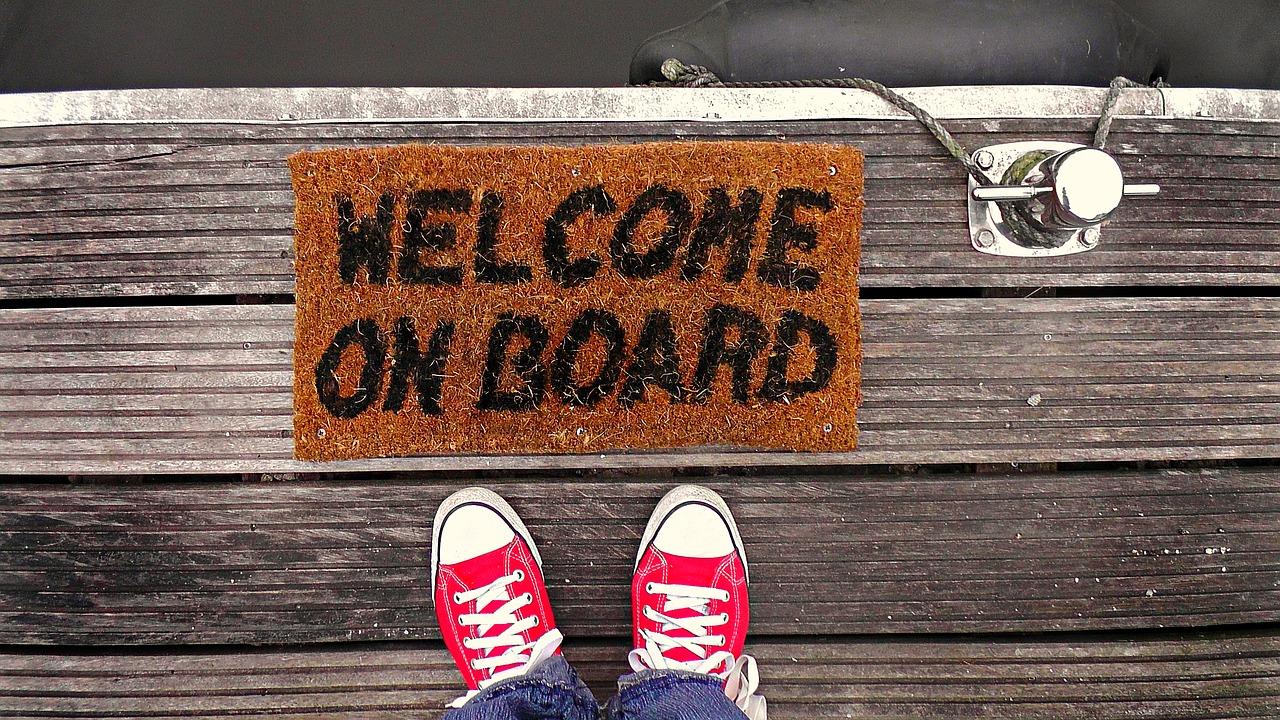
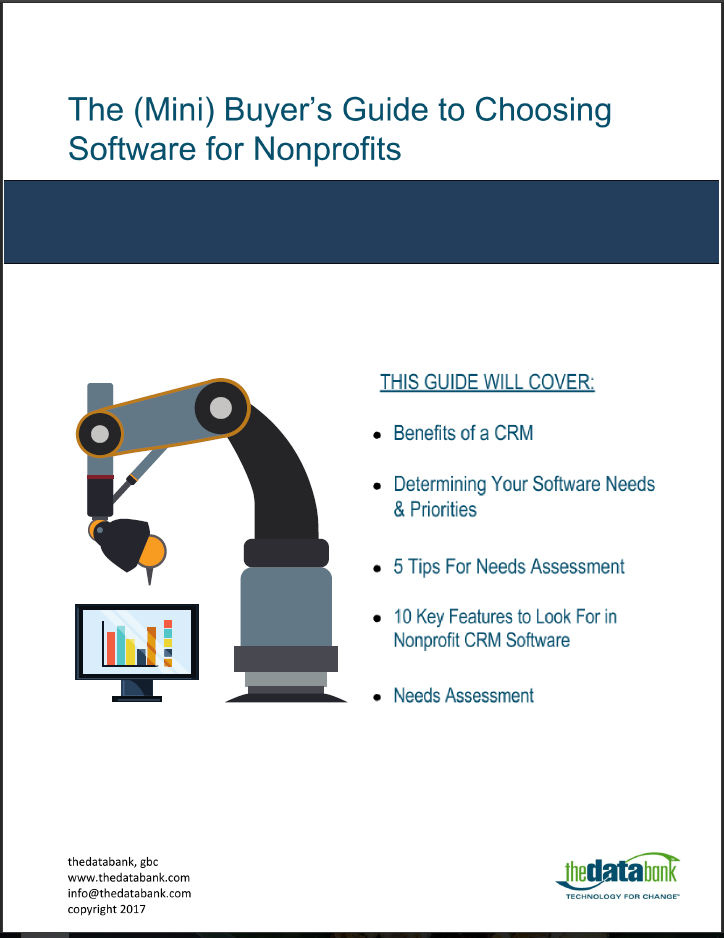
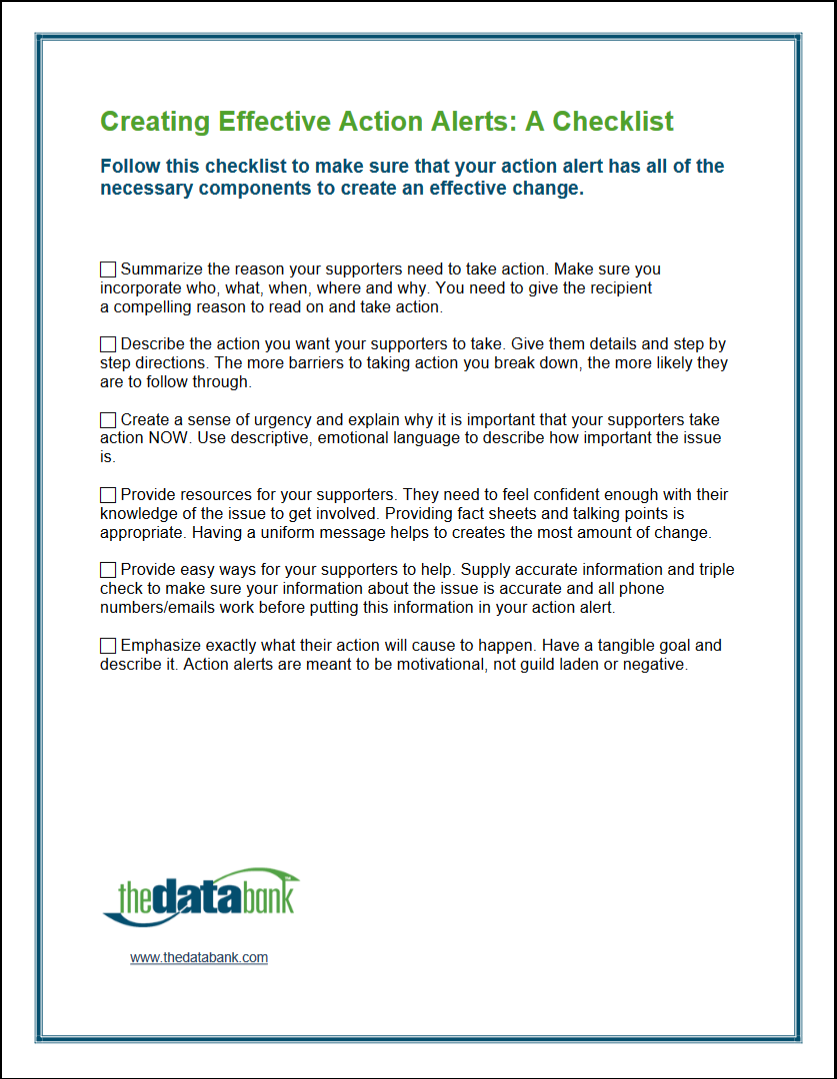

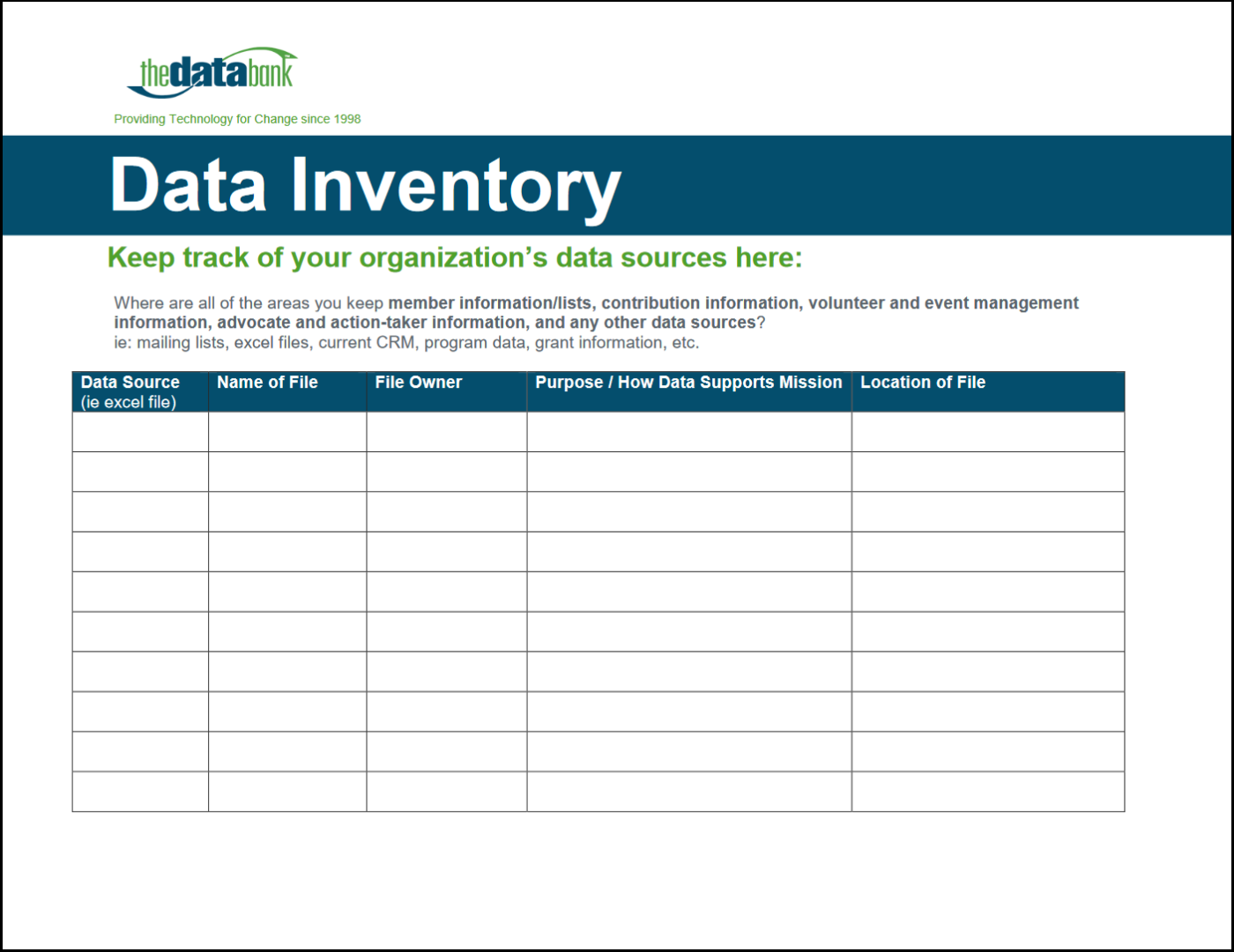


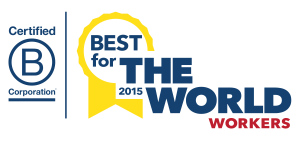

 thedatabank, gbc is technology for change, and we walk the talk.
thedatabank, gbc is technology for change, and we walk the talk. 



